The current season has changed the perception of success in football. Winning alone is no longer enough to be among the best. Indicators such as stability, squad depth, control over rotation, targeted transfers and tactical flexibility influence the position of the strongest clubs. The best football clubs in Europe in 2025 on the current list are not determined by the final cup, but by the stability of their performance over ten months, from the qualifiers to the semi-finals of the European cups. The May data reflected not only physical condition but also the teams’ ability to adapt, overcome injuries and organise their play, even under difficult conditions.
Dynamics in the spring: form and peak
In May 2025, the groups that were able to keep up the pace even after the decline in March stood out. Some European football clubs ultimately failed, dropped out of the Champions League and lost positions. Others shot up thanks to interceptions, which affected the current rankings.
The list was compiled based on three criteria: percentage of wins in the last 30 games, average number of goals scored, and defensive strength. The ‘competition intensity’ factor completed the matrix. In the event of a tie, preference was given to teams with better results in away games against representatives of the TOP 10.
The 20 best football clubs in Europe: 2025 ranking
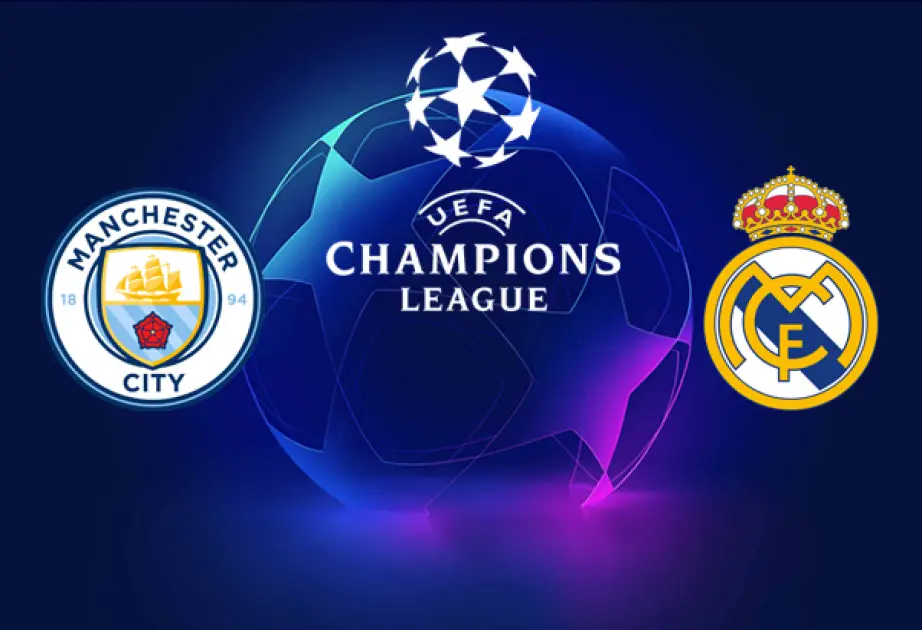 The best football clubs in Europe in 2025 according to the collected parameters:
The best football clubs in Europe in 2025 according to the collected parameters:
- Manchester City: demonstrated absolute control in all phases. Average ball possession of 68%, a series of 17 consecutive victories, three goals per match, minimal rotation of the squad.
- Real Madrid: stuck to the title rhetoric and compensated for the age of the players with tactical depth. Won 5 of 6 games against other teams in the top 10.
- Inter: had the most stable defence. Conceded 14 goals in 32 games. Remained in form even after losing their first goalkeeper for a month.
- Bayern Munich strengthened its vertical structure, stabilised play via the flanks and maintained an average of more than 2.4 goals per game.
- Arsenal exceeded expectations and made systematic progress without setbacks. It climbed from 12th place in four months.
- Atlético: thanks to an adaptive schedule, it changed its playing model and played important matches with minimal losses.
- Barcelona: thanks to the rotation of young players, it remained competitive. It lost points but remained in the leading group.
- PSG: showed a powerful collective attack, but instability in midfield prevented it from climbing higher.
- Borussia Dortmund: thanks to vertical pressure, it defeated three of the top five, but lost points in matches against teams from the middle of the table.
- Liverpool: the team was no longer dependent on its leaders, shared the load, but lost 4 of 7 away matches.
- Milan: the team got through the season without any major setbacks, collected points steadily, but did not make any significant progress.
- Newcastle: the team broke through to the elite thanks to its physical preparation and high intensity.
- Betis defeated three teams from the top 10, increased the overall speed of its attacks by 16% and achieved 9 games without a loss.
- Villarreal strengthened its position thanks to a mobile midfield and finished the season with an average of 2.1 points per game.
- Porto: dominated the national championship and performed successfully against the leaders of other competitions.
- Ajax: despite the loss of key players, it maintained its pace and brought forward three new leaders.
- RB Leipzig: implemented an aggressive model and became the leader in the number of interceptions on the opponent’s field.
- Marseille: played above expectations and lost only two home games.
- Feyenoord: strengthened its defensive model and became the leader in the number of games without conceding goals.
- Roma: ended the season on an even keel, showed determination, but failed to score points in matches against its direct competitors.
Structure of transfer movements at Europe’s top football clubs in 2025
The ranking of Europe’s top football clubs in 2025 is based not only on match results but also on the balance between player arrivals and departures. Manchester City retained 85% of last season’s starting line-up. Real Madrid and Arsenal made specific transfers to strengthen their weaker points. Paris Saint-Germain lost its midfielder for three months, which affected the stability of the game. Barcelona signed three young players but lost its concentration in important matches.
How the result is calculated: weight of each parameter
The club’s position in the ranking of the best football clubs in Europe in 2025 is calculated using a complex formula. Each team collects points in five blocks, each of which is given a specific weight in the final coefficient. The system makes it possible to assess not only performance but also competitiveness under similar conditions.
Calculation structure:
- Points in the championship (25%). Points are calculated according to a standard formula: 3 for a win, 1 for a draw. However, only matches against opponents from the top half of the table are taken into account. This reduces the weight of victories over weaker opponents and increases the importance of successful matches against direct competitors.
- Successes in the Champions League (35%). The most important category. Wins in the group stage and play-offs earn twice as many points as a comparable result in the national tournament. The strength of the opponent and the stage of the tournament are also taken into account: a win in the quarter-finals against a team from the top 10 is valued higher than a final against a team from the bottom half of the table.
- Results against teams from the top 20 (15%). The internal competition forms a separate layer. If a club defeats representatives of the higher group, it receives an additional coefficient. Away wins are valued higher: +1.25 compared to the base multiplier of 1.0 for a home game.
- Number of goals scored (10%). The average number of goals per 90 minutes is taken into account. Teams that consistently score more than 2.2 goals receive the maximum coefficient in this block. Goals in matches against the top 10 and in European competitions carry more weight.
- Stability coefficient (15%). This is calculated as the ratio between the number of wins and the number of matches played against teams with an equal or higher position. For example, 7 wins in 10 matches against equal/strong opponents yield a coefficient of 0.7. This is an indicator of psychological and tactical solidity.
Mathematical formula: Final ranking = 0.25 * Championship + 0.35 * European cups + 0.15 * Matches against the best teams + 0.10 * Goals + 0.15 * Stability.
For this reason, clubs that achieved good results in the national competitions but did not participate in the Champions League lost positions to teams with European experience. For example, Porto scored more than 90 points in the league but had to concede to Newcastle, which defeated Manchester City and Liverpool in the same series.
Emerging teams: a sign of growth for the coming season
At the bottom of the list of the best football clubs in Europe in 2025 are several clubs that have proven that they are not a flash in the pan but are showing consistent growth.
Betis
Achieved a run of 12 unbeaten games in La Liga, including victories over Atlético and a draw against Barcelona. Increased the percentage of effective attacks from 23% to 36% in six months. It used a 4-2-3-1 formation with quick ball entry into zone 14 (centre of the penalty area), which resulted in 11 goals from a distance of less than 20 metres. It strengthened the midfield with a player returning from loan, with 87% accurate passes.
Villarreal
Thanks to the rotation of 18 field players during the season, it managed to reach the semi-finals of the Europa League without any defeats. The average intensity of pressure increased to 210 actions per game. It converted 19% of the chances created from the flank, one of the best percentages in Europe. The team restructured its vertical attack model: the speed of the ball was increased to 1.8 metres per second.
Newcastle
Played 24 games without red cards. Committed an average of only 13 fouls per game, the lowest figure in the Premier League. It carried out 62% of its attacks via the right flank, with two players playing a dominant role, setting up more than 50 goals. It won 4 out of 5 matches against higher-ranked clubs, including the away win against Arsenal. It used an adaptive system with three defenders in defence and five in attack.
Ajax
Replaced three starting players with youth players and maintained an average of more than 2.1 goals per game. The team increased possession in midfield to 63% and won 6 of 8 games with a minimal lead on the scoreboard, demonstrating their tactical maturity. Despite financial constraints, the team showed that it is capable of competing with teams at the Champions League level.
Conclusion
 Victory is not always a measure of strength. The best football clubs in Europe in 2025 will not only show results, but also resilience under pressure, flexibility in times of crisis and speed in implementing changes. These parameters distinguish temporary success from systematic development. The table does not list those who have won loudly, but those who have not allowed failures.
Victory is not always a measure of strength. The best football clubs in Europe in 2025 will not only show results, but also resilience under pressure, flexibility in times of crisis and speed in implementing changes. These parameters distinguish temporary success from systematic development. The table does not list those who have won loudly, but those who have not allowed failures.

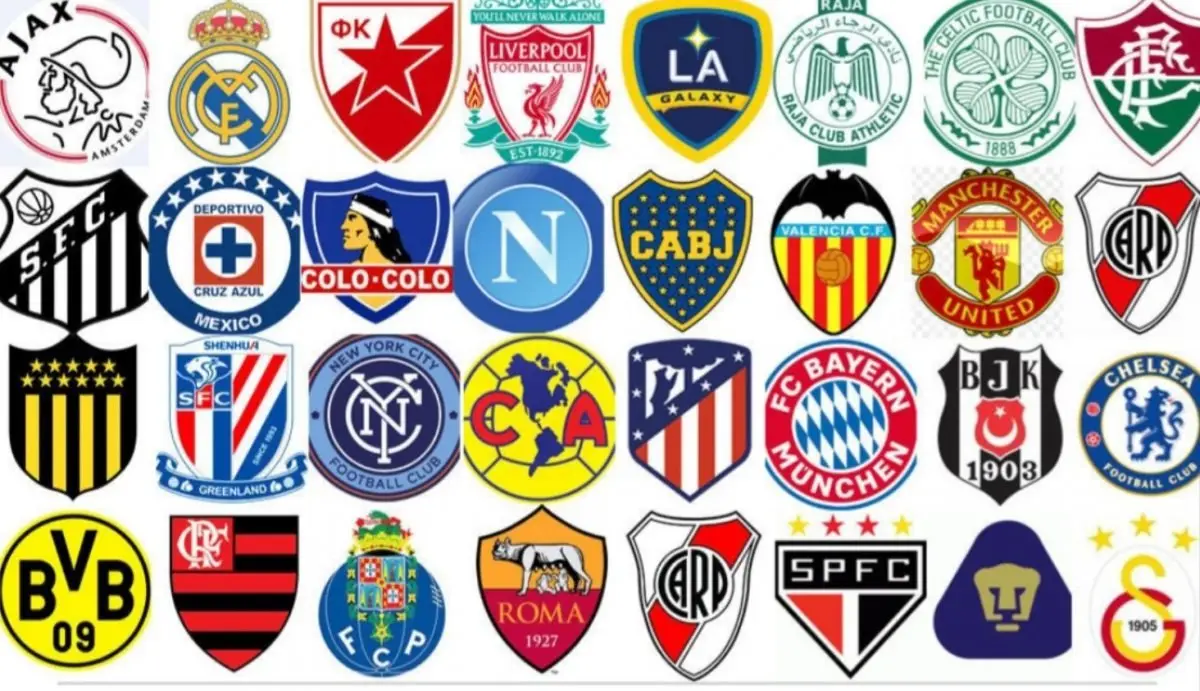
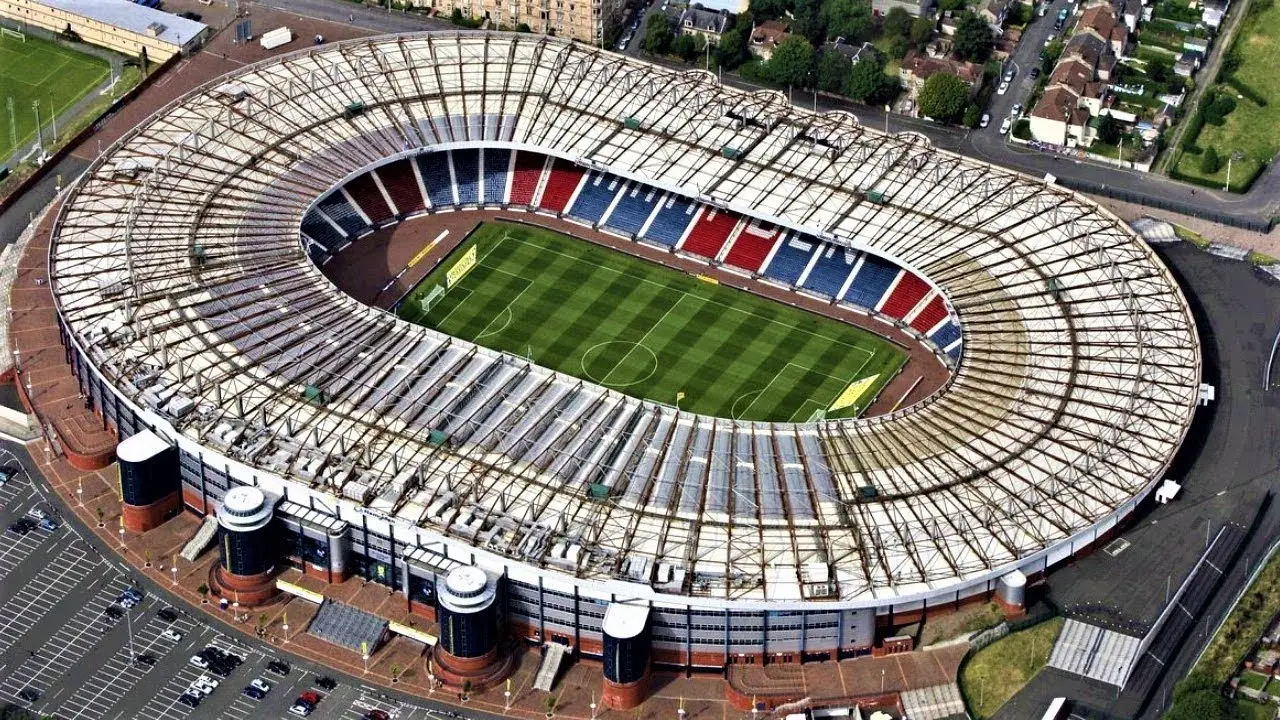
 Maracanã lives on the edge. Here, football is not a sport, but a religion. On match day, the streets of Rio turn into a procession of faith: flags, drums, dancing. The stadium welcomes the fans like an ancient temple. It not only seats 78,000 spectators, but also absorbs the heat of human emotions like a sponge.
Maracanã lives on the edge. Here, football is not a sport, but a religion. On match day, the streets of Rio turn into a procession of faith: flags, drums, dancing. The stadium welcomes the fans like an ancient temple. It not only seats 78,000 spectators, but also absorbs the heat of human emotions like a sponge. The iconic stadiums of the world are not only the scene of matches, but also of entire eras. The grandeur of these structures is not measured in concrete or iron, but in the hearts of millions of people who have shouted, cried and believed in the stands. Each of these places will remain forever, as a symbol, as history, as a source of inspiration. Here, sport becomes art, architecture becomes character and the game becomes part of the culture.
The iconic stadiums of the world are not only the scene of matches, but also of entire eras. The grandeur of these structures is not measured in concrete or iron, but in the hearts of millions of people who have shouted, cried and believed in the stands. Each of these places will remain forever, as a symbol, as history, as a source of inspiration. Here, sport becomes art, architecture becomes character and the game becomes part of the culture.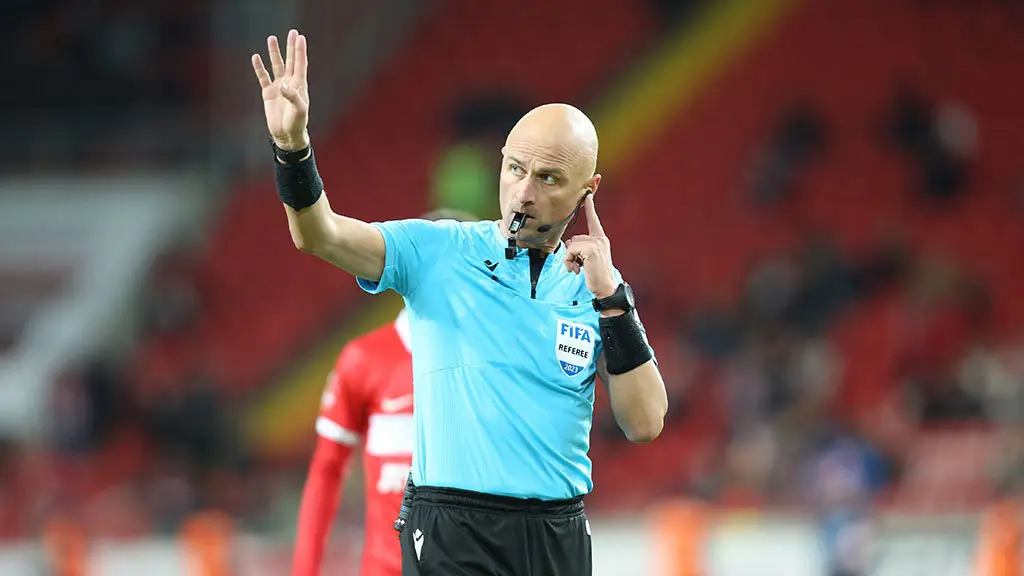
 The next episode highlighted the absurdity of the lack of technological control. In 1980, Rosie Ruiz was the first woman to cross the finish line of the Boston Marathon, one of the fastest times of the decade. However, witnesses did not record her at intermediate points along the course.
The next episode highlighted the absurdity of the lack of technological control. In 1980, Rosie Ruiz was the first woman to cross the finish line of the Boston Marathon, one of the fastest times of the decade. However, witnesses did not record her at intermediate points along the course. Each case in this compilation is not just an episode, but a systemic failure. The most glaring scandals show that the breakdown of integrity in sport is not due to the weakness of individual actors, but to the lack of reliable filters at the structural level. The incidents start with doping, move on to falsifying results and go all the way to bribery and fake crashes. These events do not disappear from the news: they are part of the chronology of sport as markers of a crisis of confidence. History shows that only with sufficient transparency, strict scrutiny and an international response can sporting ethics be restored.
Each case in this compilation is not just an episode, but a systemic failure. The most glaring scandals show that the breakdown of integrity in sport is not due to the weakness of individual actors, but to the lack of reliable filters at the structural level. The incidents start with doping, move on to falsifying results and go all the way to bribery and fake crashes. These events do not disappear from the news: they are part of the chronology of sport as markers of a crisis of confidence. History shows that only with sufficient transparency, strict scrutiny and an international response can sporting ethics be restored.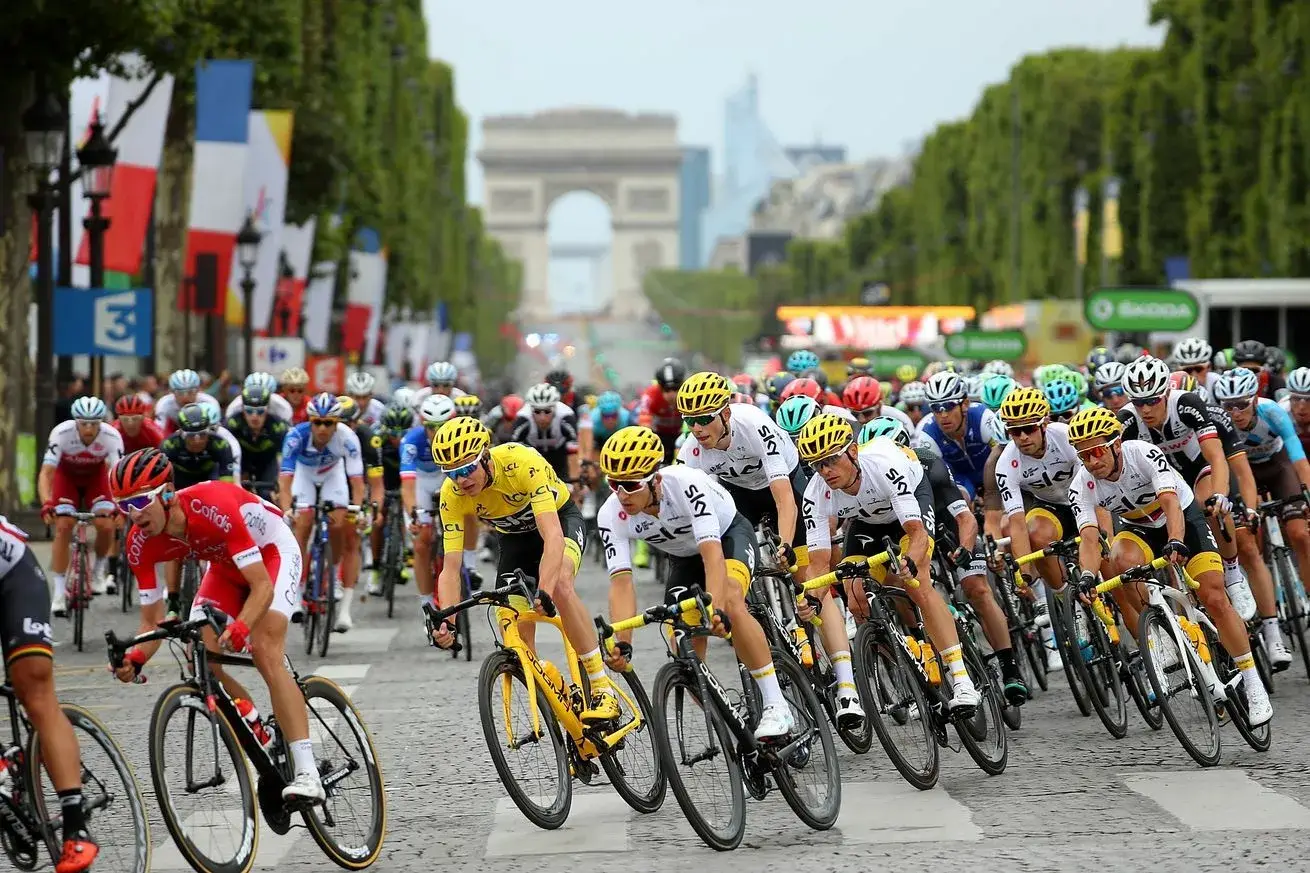
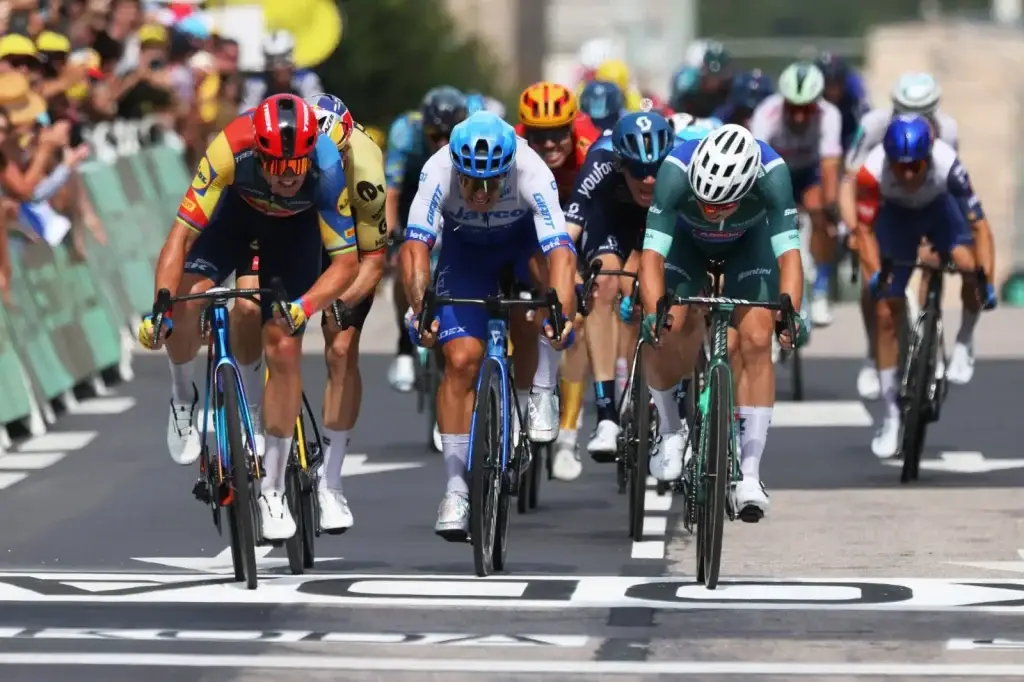 The FIFA World Cup is the world’s premier football event, held every four years and involving the 32 best national teams in the world. The first championship took place in 1930 and today this tournament has become the most popular and prestigious of all sports.
The FIFA World Cup is the world’s premier football event, held every four years and involving the 32 best national teams in the world. The first championship took place in 1930 and today this tournament has become the most popular and prestigious of all sports.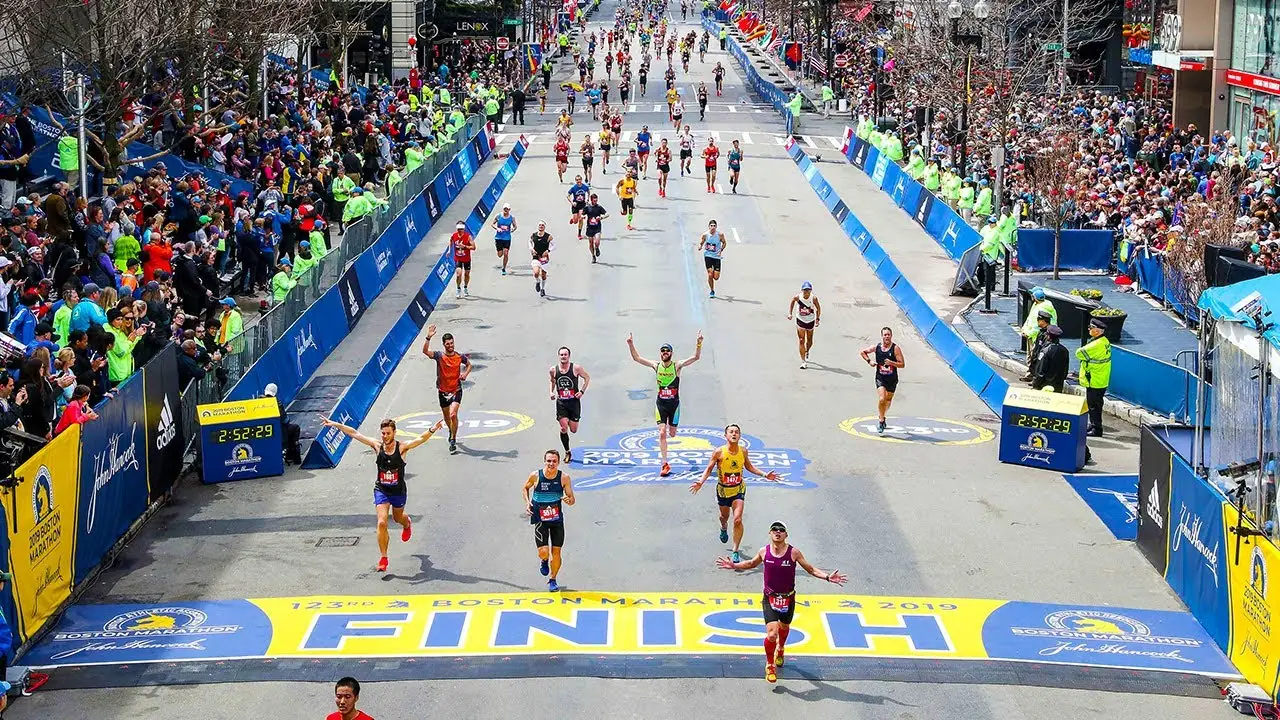 The world’s most watched sporting events bring millions of people together and create a unique atmosphere of excitement and unity. The Summer Olympics, the FIFA World Cup, the Tour de France, the Super Bowl and other events attract huge crowds, making them spectacles that stay with you throughout your life.
The world’s most watched sporting events bring millions of people together and create a unique atmosphere of excitement and unity. The Summer Olympics, the FIFA World Cup, the Tour de France, the Super Bowl and other events attract huge crowds, making them spectacles that stay with you throughout your life.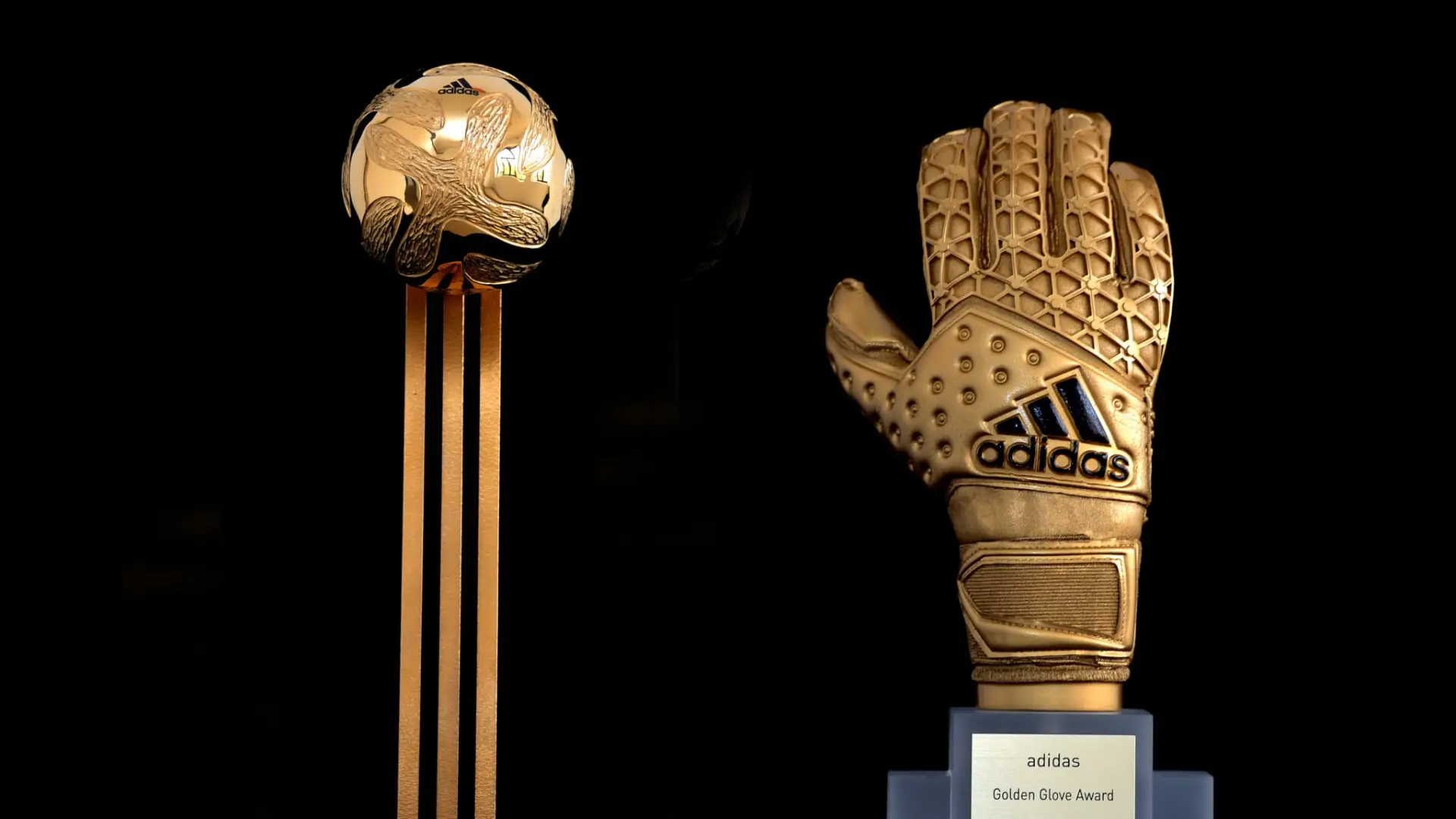
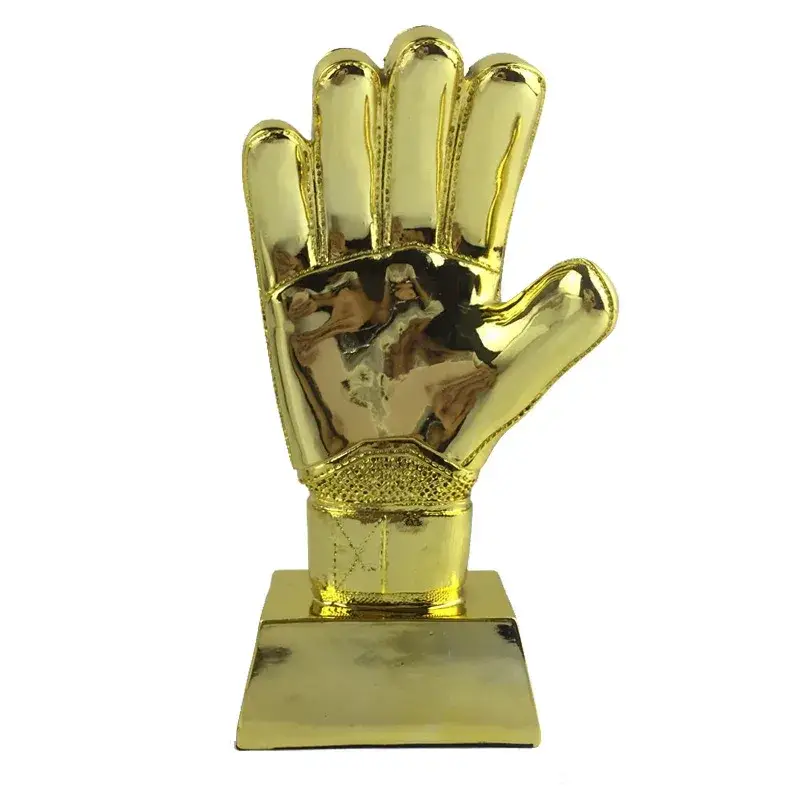 The Golden Glove Award is given according to strictly set criteria. The trophy is awarded to the goalkeeper who has played the most matches without conceding a goal during the season. In case of a tie, the winner is determined by additional parameters, such as the number of games played and the save percentage.
The Golden Glove Award is given according to strictly set criteria. The trophy is awarded to the goalkeeper who has played the most matches without conceding a goal during the season. In case of a tie, the winner is determined by additional parameters, such as the number of games played and the save percentage. The Golden Glove Award is one of the most prestigious individual trophies in English football. The award recognises a goalkeeper’s high standard of play, reliability and ability to bring confidence to a team’s defence. The history of the award is littered with the names of legendary goalkeepers whose achievements continue to inspire a new generation of footballers. With each new season, the battle for the trophy remains one of the most exciting intrigues in the APL, underlining the importance of the goalkeeping position in modern football.
The Golden Glove Award is one of the most prestigious individual trophies in English football. The award recognises a goalkeeper’s high standard of play, reliability and ability to bring confidence to a team’s defence. The history of the award is littered with the names of legendary goalkeepers whose achievements continue to inspire a new generation of footballers. With each new season, the battle for the trophy remains one of the most exciting intrigues in the APL, underlining the importance of the goalkeeping position in modern football.
 Summer Olympics mascots have always emphasised the warm, cheerful atmosphere of the games. They reflected national values and cultural characteristics and served as a means of communication with spectators. The Summer Olympics were especially memorable for the following characters:
Summer Olympics mascots have always emphasised the warm, cheerful atmosphere of the games. They reflected national values and cultural characteristics and served as a means of communication with spectators. The Summer Olympics were especially memorable for the following characters: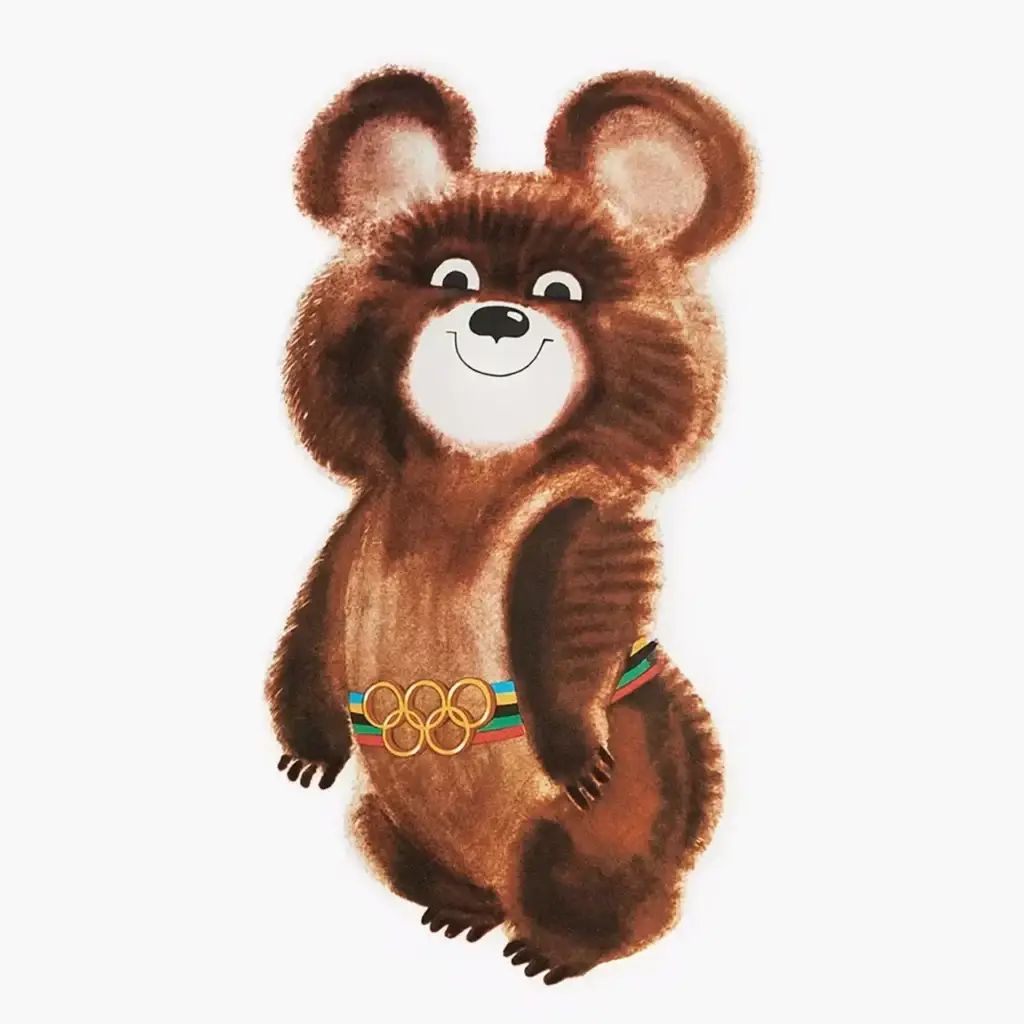 The best mascots unite fans, reflect the values of the organising countries and the spirit of the Olympic Movement itself. These symbols have become iconic not only for their respective eras, but also for the culture as a whole. Olympic mascots are an inspiration for future generations and emphasise the importance of unity, innovation and legacy.
The best mascots unite fans, reflect the values of the organising countries and the spirit of the Olympic Movement itself. These symbols have become iconic not only for their respective eras, but also for the culture as a whole. Olympic mascots are an inspiration for future generations and emphasise the importance of unity, innovation and legacy.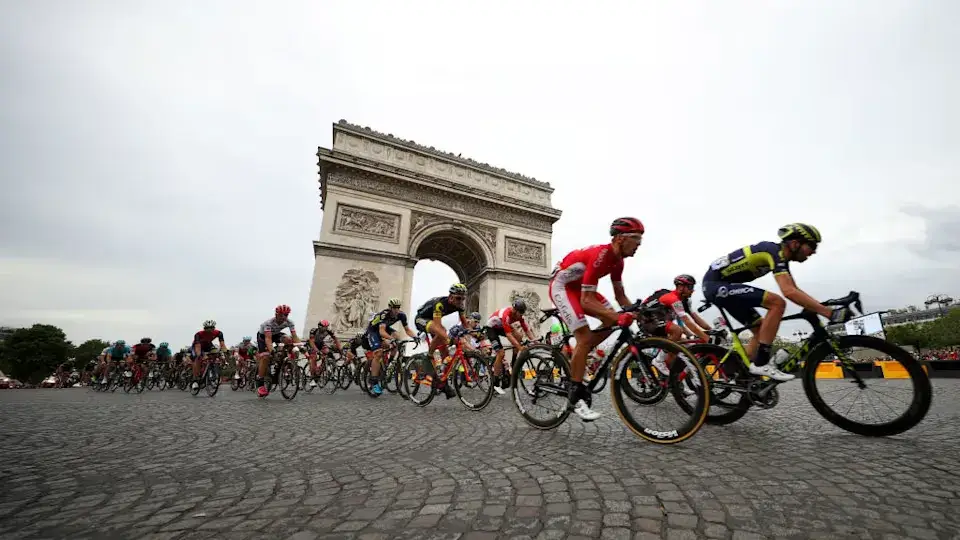
 Among the Tour de France participants are names that have become synonymous with triumph and dedication to the sport. Lance Armstrong, Miguel Indurain and Bernard Hinault are undoubtedly among the best cyclists in the history of the Grand Loop. Each of them not only achieved high results, but also left an indelible mark on the development of cycling:
Among the Tour de France participants are names that have become synonymous with triumph and dedication to the sport. Lance Armstrong, Miguel Indurain and Bernard Hinault are undoubtedly among the best cyclists in the history of the Grand Loop. Each of them not only achieved high results, but also left an indelible mark on the development of cycling: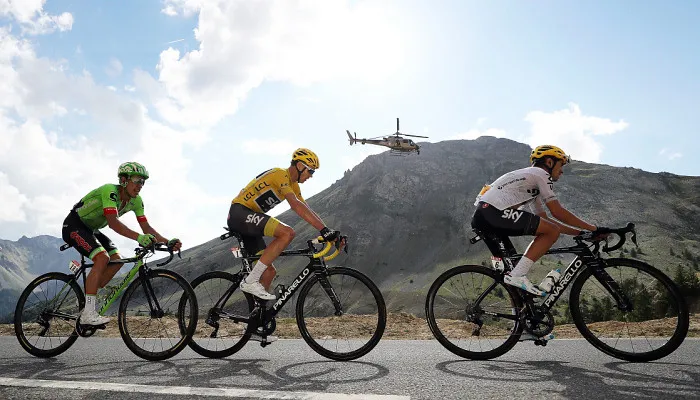 The Tour de France is not only a sporting phenomenon but also a cultural one. The race unites spectators from all over the world and inspires them to achieve new goals. The format continues to evolve, preserving traditions and opening new horizons.
The Tour de France is not only a sporting phenomenon but also a cultural one. The race unites spectators from all over the world and inspires them to achieve new goals. The format continues to evolve, preserving traditions and opening new horizons.
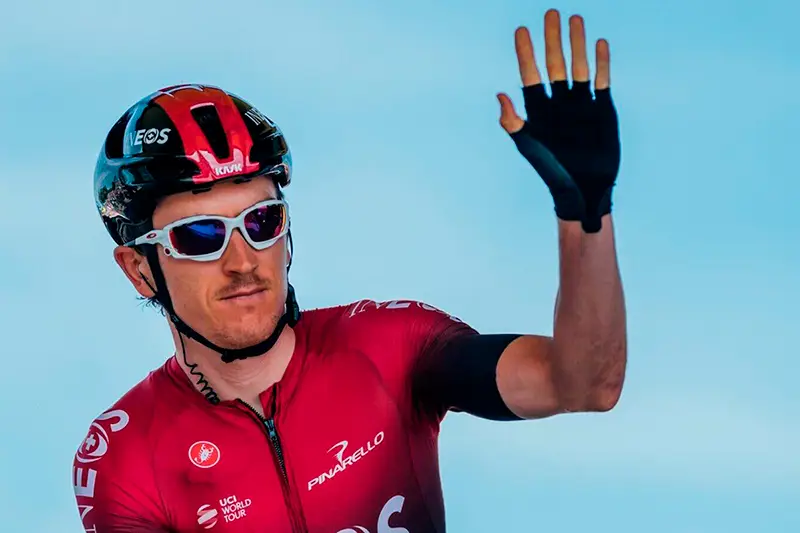
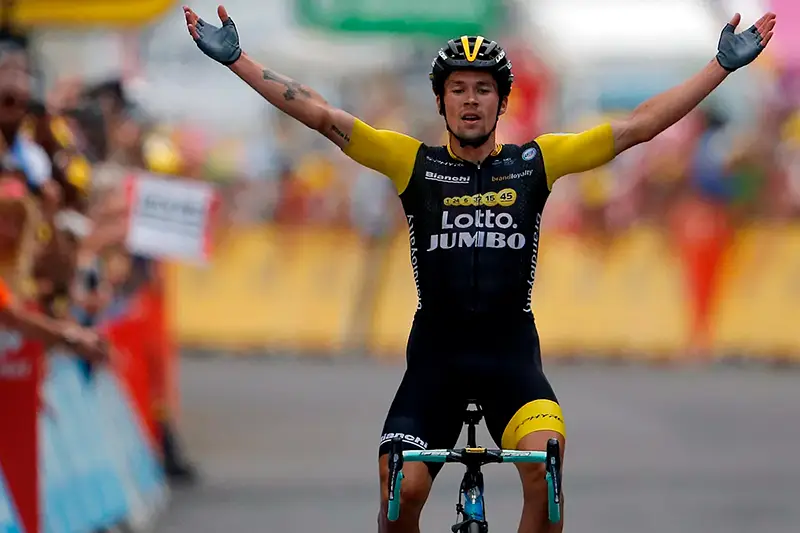
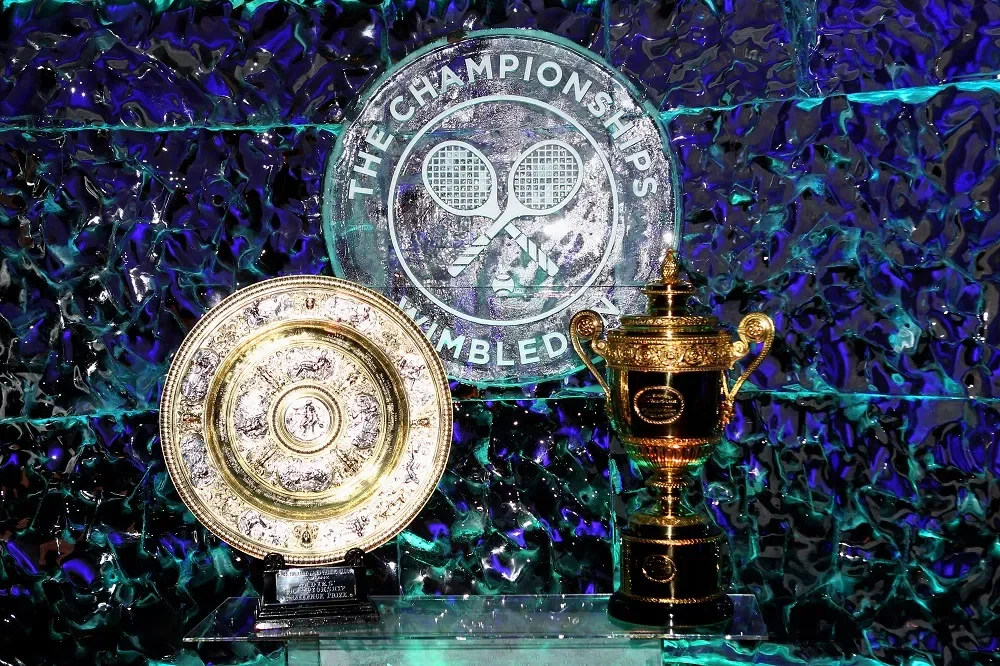
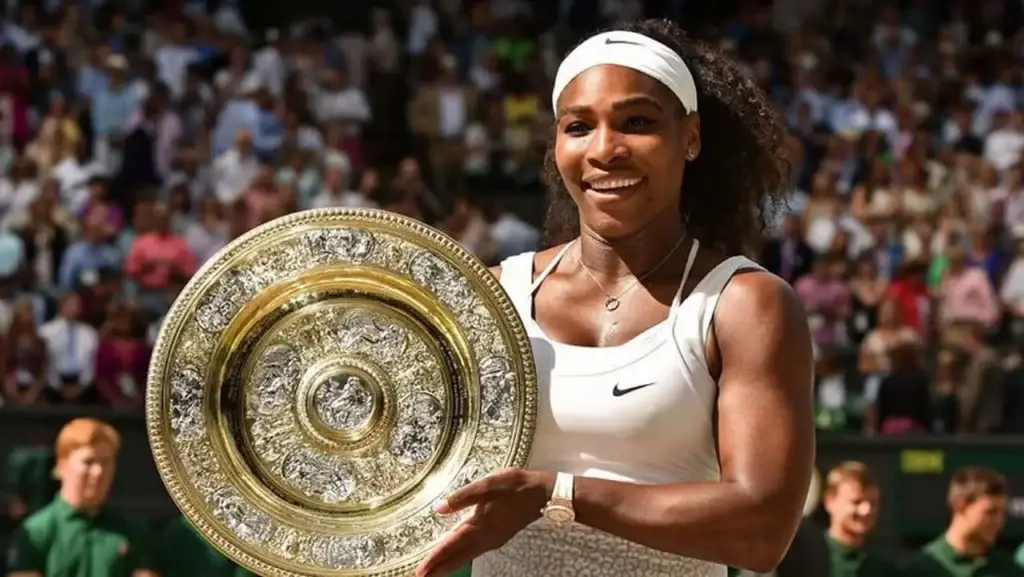 Each match takes place on a specific type of surface, which significantly influences the dynamics of the game and the tactics of the athletes. The ball’s bounce, speed of movement and physical effort are determined by the type of court.
Each match takes place on a specific type of surface, which significantly influences the dynamics of the game and the tactics of the athletes. The ball’s bounce, speed of movement and physical effort are determined by the type of court.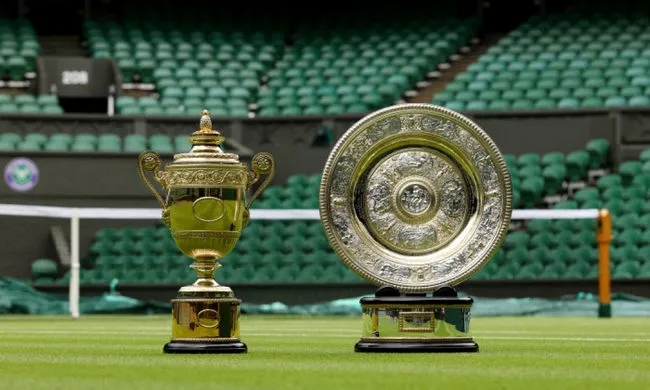 Grand Slam tennis tournaments are a combination of tradition, high expectations and lively emotions. Each event offers players the chance to write their name in the history of world sport. The different surfaces, structure and prestige make these tournaments the most important of tennis careers.
Grand Slam tennis tournaments are a combination of tradition, high expectations and lively emotions. Each event offers players the chance to write their name in the history of world sport. The different surfaces, structure and prestige make these tournaments the most important of tennis careers.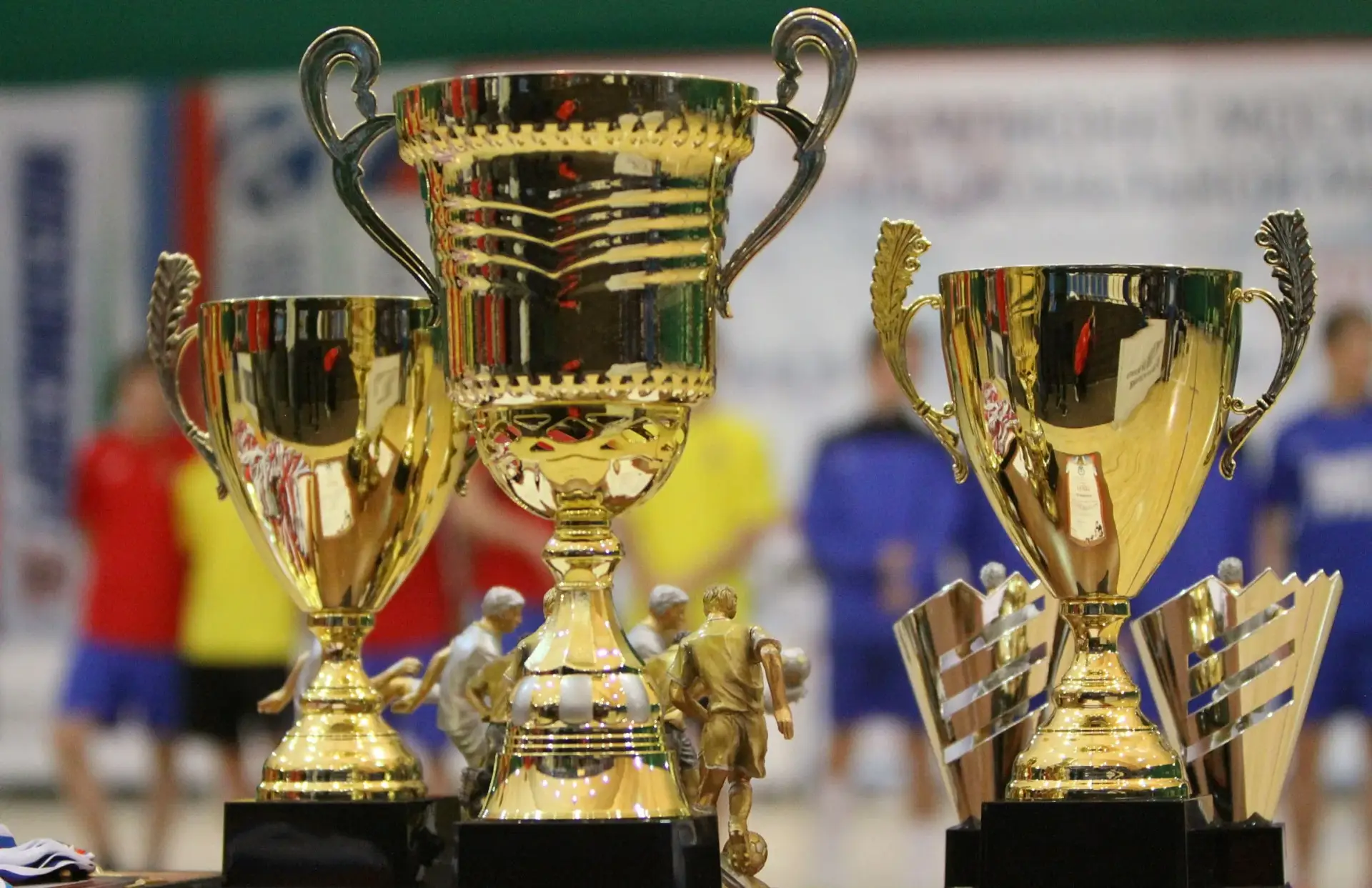
 The Davis Cup is the most prestigious team competition in tennis, where the world’s best tennis players compete not for personal glory, but for the honour of their country. The Cup was first held in 1900 and has since grown into an annual event that brings together the best athletes from around the world.
The Davis Cup is the most prestigious team competition in tennis, where the world’s best tennis players compete not for personal glory, but for the honour of their country. The Cup was first held in 1900 and has since grown into an annual event that brings together the best athletes from around the world.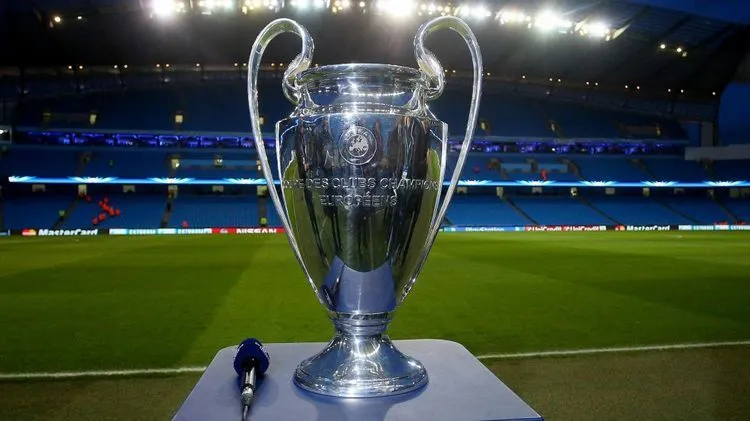 Sports trophies are more than just objects symbolising victory. They represent cultural heritage, fill people’s hearts with pride and inspire millions of people to new achievements. The most famous sports trophies are legends. They embody the spirit of competition, hard work and an unwavering will to win.
Sports trophies are more than just objects symbolising victory. They represent cultural heritage, fill people’s hearts with pride and inspire millions of people to new achievements. The most famous sports trophies are legends. They embody the spirit of competition, hard work and an unwavering will to win.
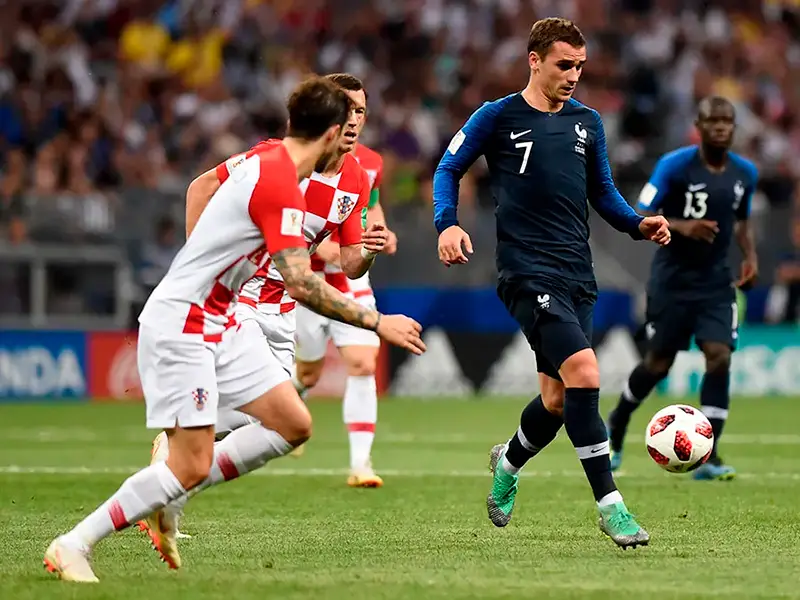
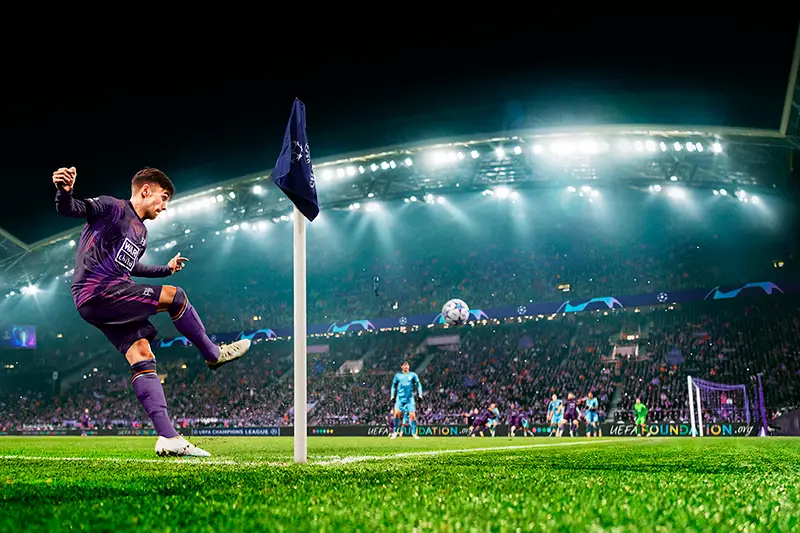
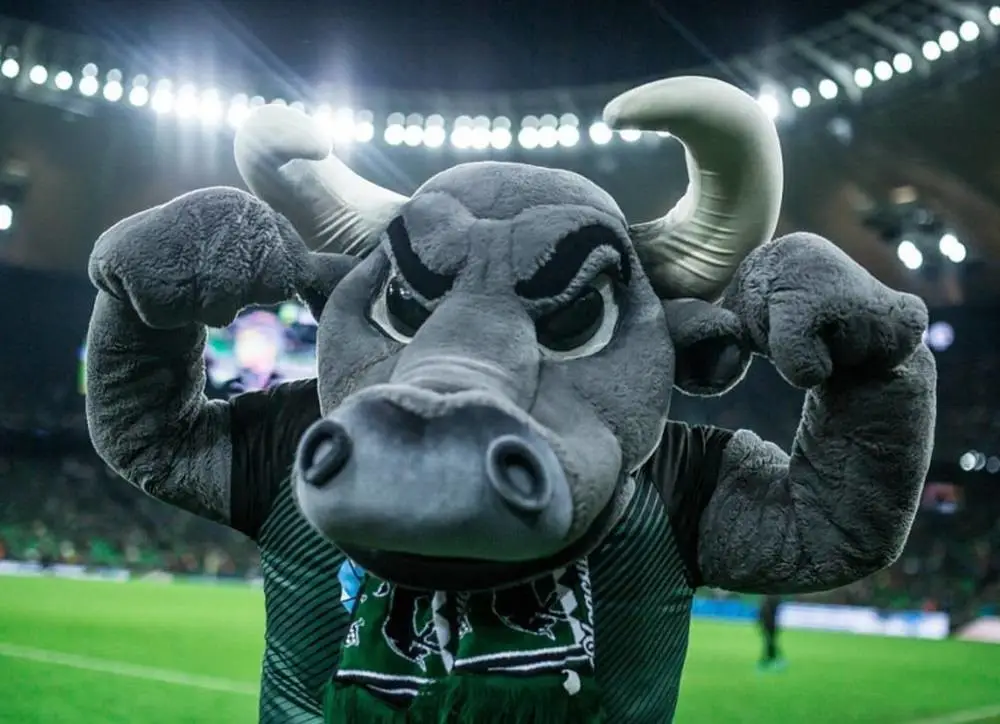
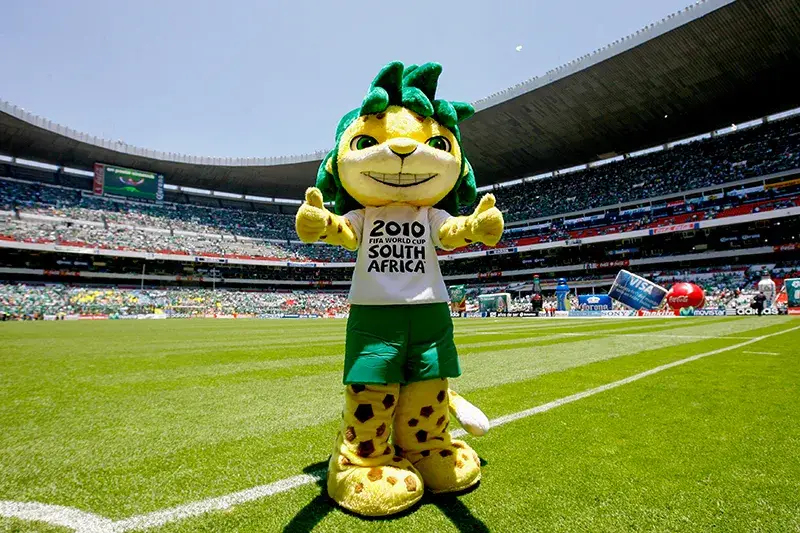 The Gunnersaurus is probably one of the most recognisable football club figures in the world. He always takes centre stage at Arsenal FC matches, delighting fans with his benevolent and unusual appearance.
The Gunnersaurus is probably one of the most recognisable football club figures in the world. He always takes centre stage at Arsenal FC matches, delighting fans with his benevolent and unusual appearance. Mascots of football clubs are not only part of the entertainment programme, but are true symbols that reflect the spirit of the team. These characters play a key role in maintaining the bond between the team and fans, contribute to the festive atmosphere and create unique memories for everyone who attends matches. They unite generations and make football even more fun and exciting.
Mascots of football clubs are not only part of the entertainment programme, but are true symbols that reflect the spirit of the team. These characters play a key role in maintaining the bond between the team and fans, contribute to the festive atmosphere and create unique memories for everyone who attends matches. They unite generations and make football even more fun and exciting.